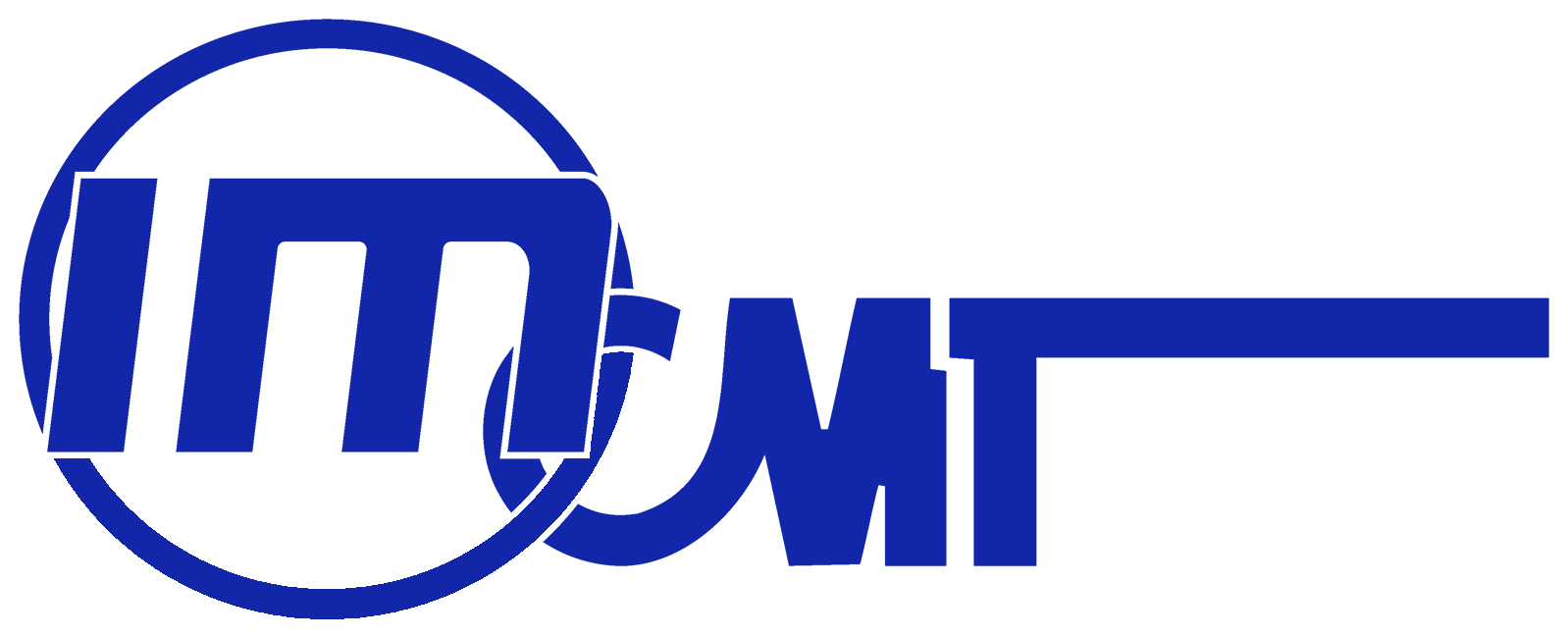Advantages of Using Fiber Marking Machines for Global Procurement
In the rapidly evolving landscape of manufacturing and supply chain management, the demand for precision and efficiency has never been higher. According to a report by Research and Markets, the global market for marking and coding systems is expected to reach USD 4.2 billion by 2026, with fiber marking machines playing a significant role in this growth. These machines utilize advanced laser technology to deliver high-quality markings on various materials, making them essential for industries such as automotive, aerospace, electronics, and pharmaceuticals. The increasing need for traceability and compliance with industry standards further drives the adoption of fiber marking machines globally.
Furthermore, a study by MarketsandMarkets highlights that the fiber laser marking segment is projected to witness a substantial rise, attributed to its superior efficiency, speed, and versatility compared to traditional marking methods. With the ability to handle diverse materials—from metals to plastics—fiber marking machines are increasingly favored for their durability and minimal maintenance requirements. As businesses look to streamline their operations and improve product quality, integrating fiber marking machines into global procurement strategies presents a compelling opportunity to enhance competitiveness and meet the demands of a dynamic market.
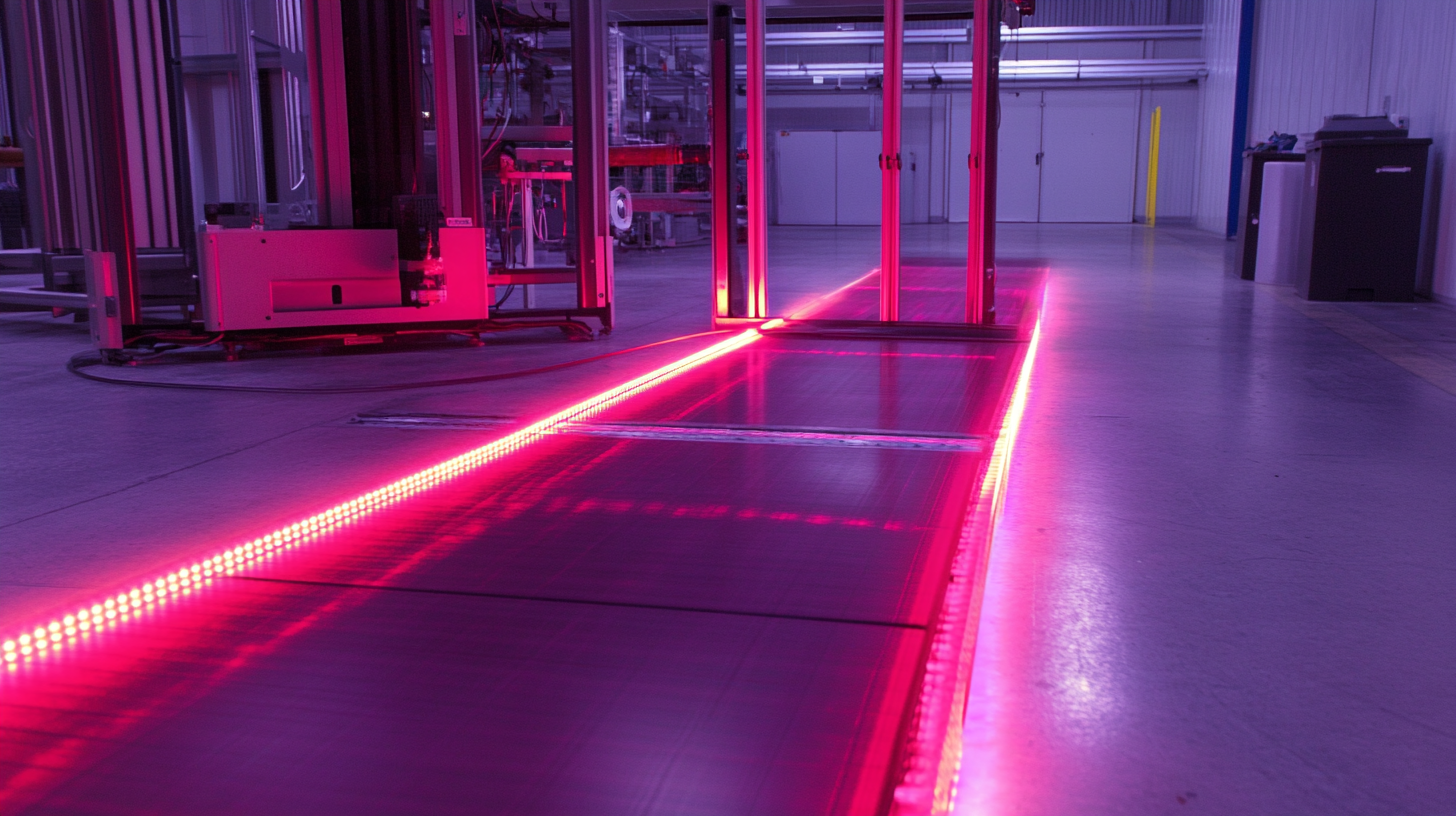
Key Benefits of Fiber Marking Machines in Global Supply Chains
The utilization of fiber marking machines has become increasingly crucial in global supply chains, especially as industries seek cost-efficient and sustainable solutions. Fiber laser marking technology offers high-contrast, permanent markings that are indispensable for product traceability and compliance. This capability not only ensures brands meet regulatory requirements but also helps in maintaining transparency throughout the supply chain. With growing consumer demand for accountability, companies leveraging fiber marking machines can enhance their reputation and foster trust among their customers. Another significant advantage of fiber marking machines lies in their adaptability to various materials and complex shapes. This flexibility allows manufacturers to mark products with precision, regardless of the substrate, ranging from metals to plastics. As the global market for laser processing equipment is projected to reach $64.39 billion by 2032, businesses that invest in such technology will likely enjoy a competitive edge, enabling them to scale operations efficiently while minimizing waste. Moreover, as sustainability becomes a priority, fiber marking machines contribute to reducing environmental impact. Unlike traditional marking methods that may result in chemical wastage or pollution, fiber lasers operate with minimal environmental footprint. This aligns with the fashion industry's growing efforts to adopt greener practices and mitigate the severe consequences of fast fashion. By integrating advanced technologies like fiber marking, companies not only enhance their operational efficiency but also take significant steps toward promoting sustainable growth in the global market.
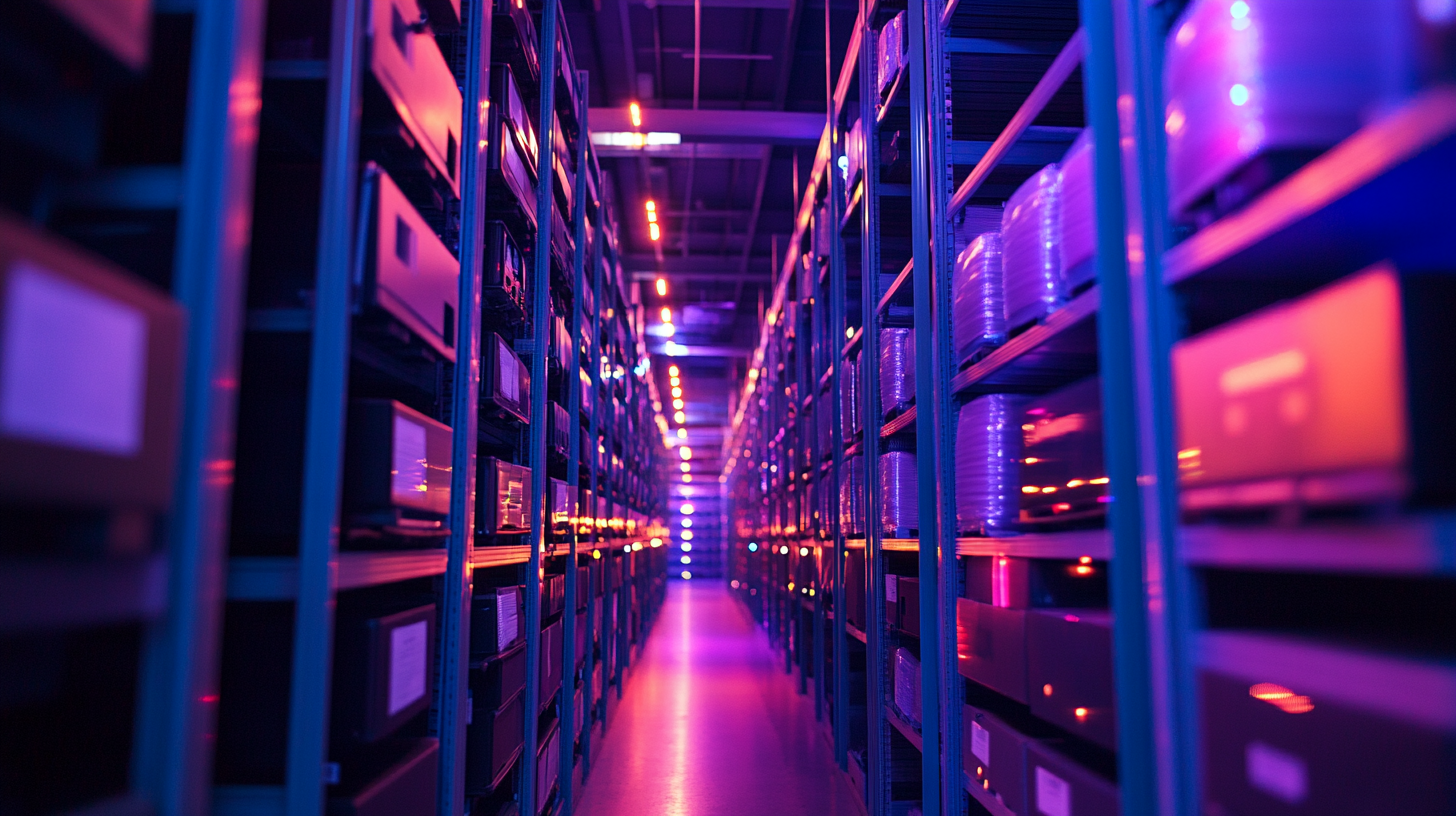
Enhanced Precision and Quality in Product Marking
The rise of fiber marking machines in industries such as ammunition reloading equipment is transforming the landscape of product marking. As the ammunition reloading equipment market is projected to grow to USD 2.91 billion by 2032, with a CAGR of 6.87%, the demand for precision in marking has never been more critical. Fiber marking machines offer enhanced precision and quality, ensuring that each product is marked with clarity and durability. This level of detail is crucial for compliance with safety regulations and for brand differentiation in a competitive market.
Furthermore, the technology behind fiber marking machines allows for high-speed, high-volume production without compromising accuracy. This advancement significantly reduces error rates, which is especially beneficial in the ammunition sector where precision is paramount. The ability to engrave complex designs and information directly onto products enhances the visibility and traceability of items, fostering a safer and more accountable manufacturing environment.
In addition to improved accuracy, fiber marking machines also contribute to the quality of markings. Given that the market is expanding rapidly, manufacturers must adopt technologies that ensure their products stand out. The permanent and resistant nature of fiber markings against wear and environmental factors ensures that information remains legible throughout the product's lifecycle. This quality not only bolsters brand reputation but also meets increasing customer expectations in an evolving global procurement landscape.
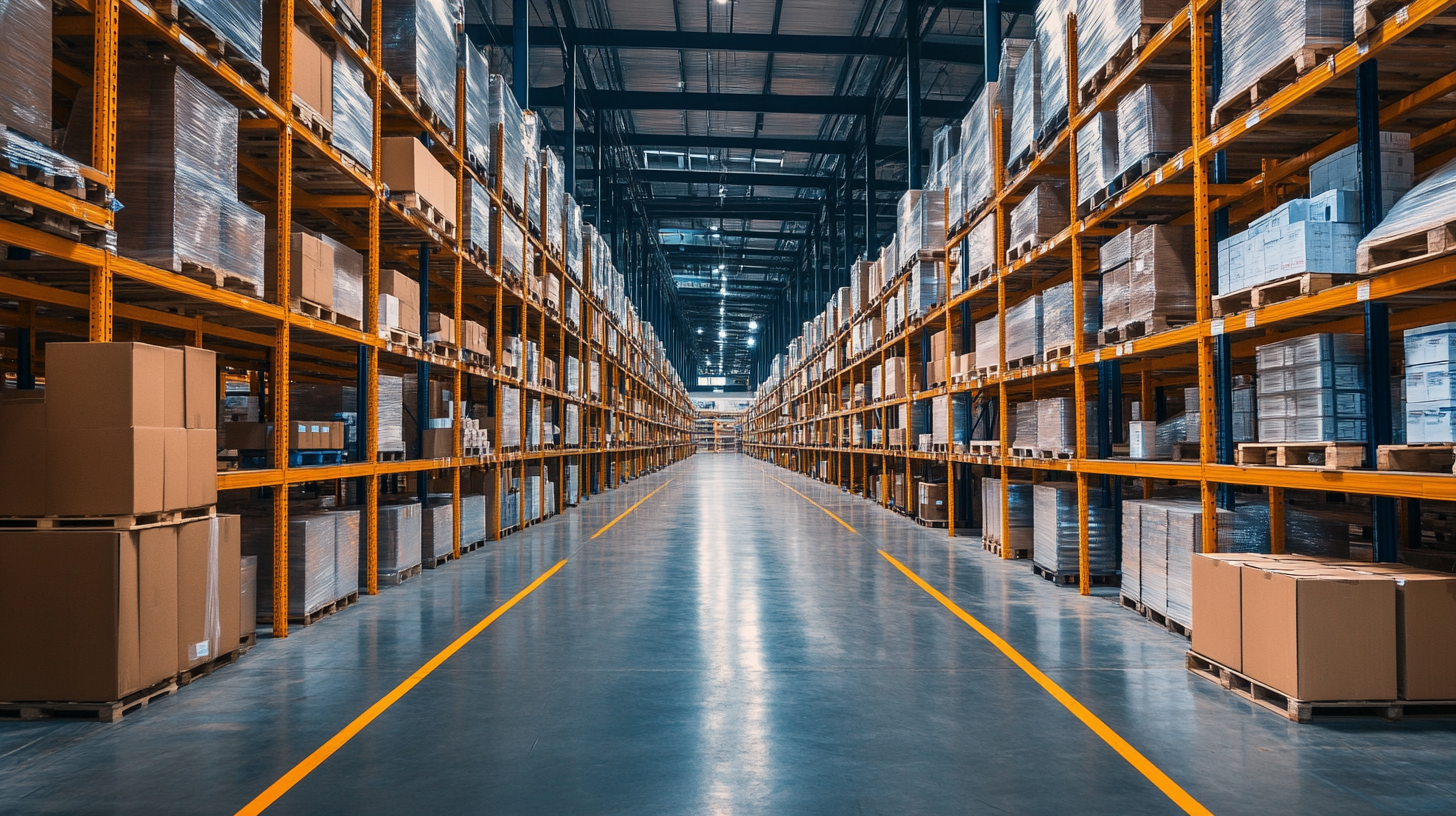
Cost Efficiency: Long-Term Savings with Fiber Technology
In today's rapidly evolving telecommunications landscape, the demand for efficient production processes has never been higher. One cutting-edge solution that stands out in optimizing manufacturing is the use of fiber marking machines. These systems not only enhance operational precision but also promote cost efficiency, particularly in the context of long-term savings.
The advantage of fiber marking technology lies in its durability and low maintenance requirements. According to a recent industry report, companies using fiber marking machines can experience a return on investment (ROI) of up to 300% within the first two years of implementation. This impressive statistic is primarily attributed to the longevity of the fiber lasers, which can last over 25,000 hours, reducing the need for frequent replacements and maintenance. Moreover, the high speed and accuracy of these machines significantly decrease production downtime, leading to increased throughput in manufacturing environments.
As highlighted by industry professionals, the shift towards flexible and tunable technologies, especially in the context of 5G networks, further emphasizes the importance of precise and cost-effective marking solutions. The ability to mark fibers accurately ensures that manufacturers can meet the stringent quality and compliance requirements essential for modern telecommunications infrastructure. By investing in fiber marking systems, companies position themselves not only to save on costs but to enhance their competitiveness in an increasingly data-driven world.
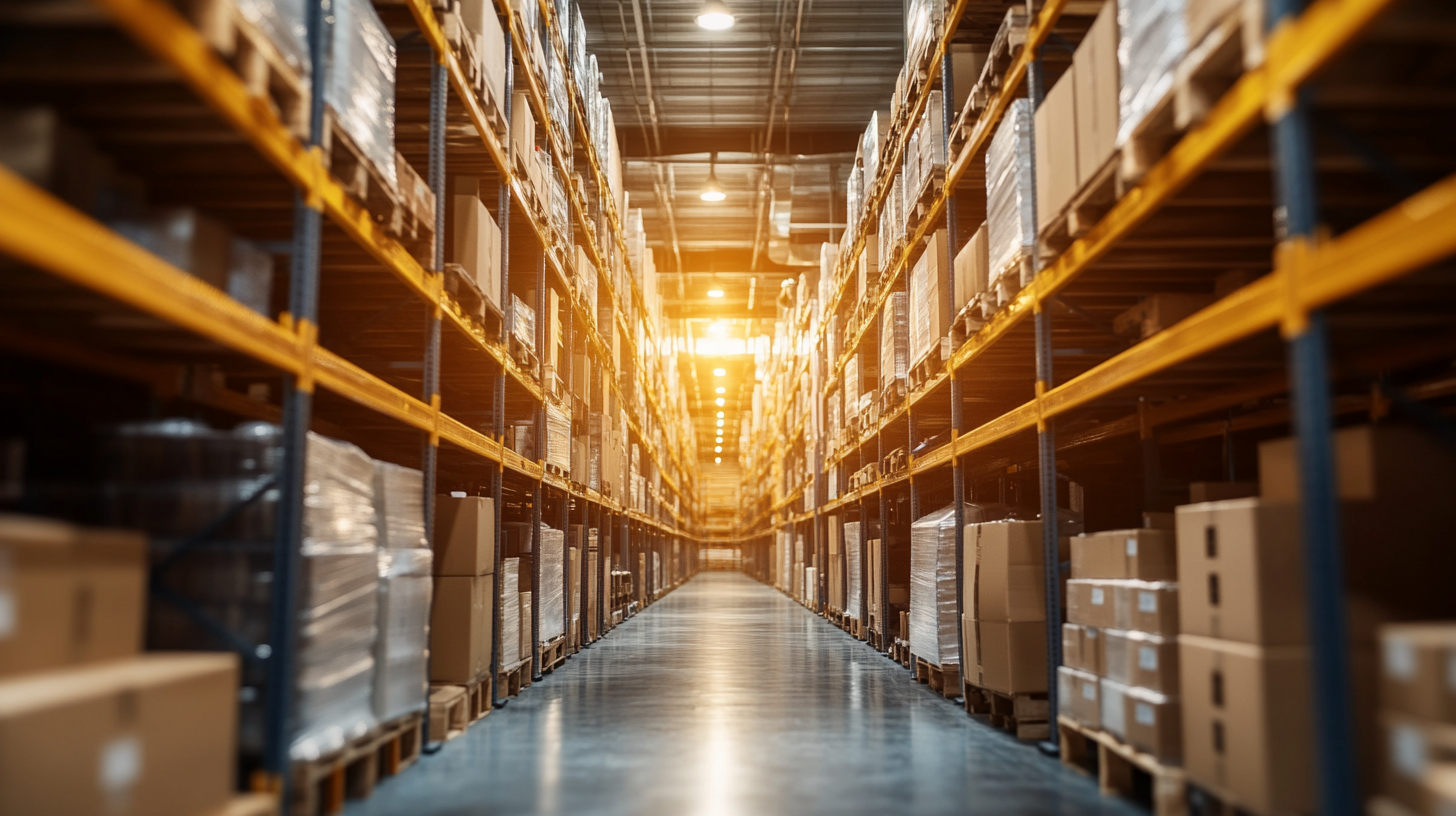
Improved Traceability and Compliance for Global Markets
The focus on traceability and compliance in global markets has never been more crucial, particularly with the burgeoning Digital Product Passport (DPP) market, projected to register a significant compound annual growth rate (CAGR) of 22.6% from 2025 to 2034. This surge underscores the demand for advanced identification and compliance systems that ensure products meet regulatory standards and consumer expectations. Fiber marking machines play a pivotal role in this ecosystem, offering precise and durable marking solutions that enhance product traceability throughout the supply chain.
Moreover, the introduction of new digital tools by governments, such as Uganda’s initiative to better comply with export regulations, emphasizes the growing importance of traceability standards for international trade. These innovations not only support regulatory compliance but also provide a competitive edge to businesses by promoting transparency. The dot peen marking machines market, valued at over USD 494 million in 2023, reflects a similar trend towards the adoption of technologies that facilitate effective track and trace processes, vital for industries such as food production and pharmaceuticals.
As traceability technologies evolve, industries face the dual challenge of ensuring compliance while tackling issues like plastic pollution. Innovative marking systems, including those provided by fiber marking machines, are essential in achieving this goal. By incorporating marking solutions that offer detailed product information and compliance indicators, businesses can significantly contribute to a circular economy, ultimately meeting both regulatory demands and consumer expectations for sustainability. The ongoing growth in compliance and traceability solutions highlights the integral role these technologies play in shaping the future of global procurement practices.
Versatility and Flexibility in Various Industry Applications
Fiber marking machines have revolutionized the way industries approach material marking and identification. Their versatility and flexibility make them essential tools across a myriad of applications, from manufacturing to food processing. This technology allows businesses to mark various materials, including metals, plastics, glass, and even ceramics, with precision, which is vital for branding, quality control, and traceability. Different industries can achieve tailored solutions that meet their specific marking needs, ensuring that the products comply with regulations and maintain brand integrity.
One of the standout features of fiber marking machines is their adaptability to different production environments. Whether in high-volume manufacturing settings or small-scale artisan workshops, these machines can adjust to various workflows. For example, in the aerospace industry, where safety standards are paramount, fiber marking ensures that components are easily identifiable and traceable throughout their lifecycle. Similarly, the medical device industry benefits from the capability to mark unique identifiers on instruments, playing a crucial role in compliance and safety.
Additionally, fiber marking machines offer impressive flexibility in terms of customization. Users can create diverse mark types, such as logos, alphanumeric characters, and barcodes, all while maintaining high-speed production rates. This flexibility is particularly beneficial for businesses with ever-changing product lines or those seeking to engage in global procurement, as the technology can be adapted to meet international standards and trends. Consequently, fiber marking machines not only enhance operational efficiency but also empower brands to maintain a competitive edge in today's dynamic market landscape.
